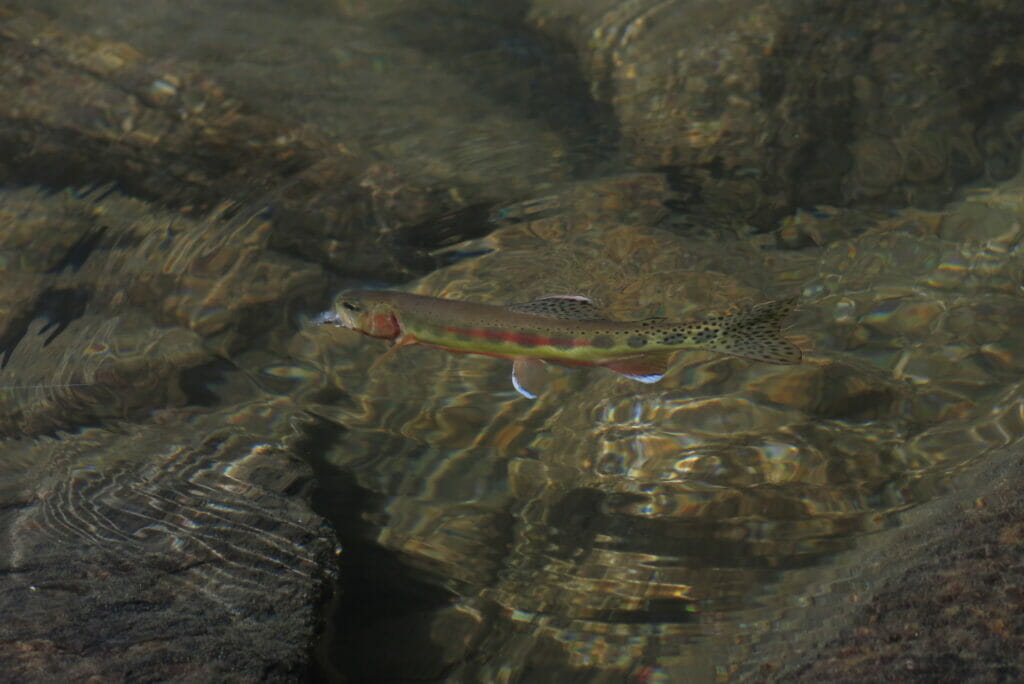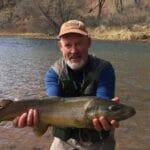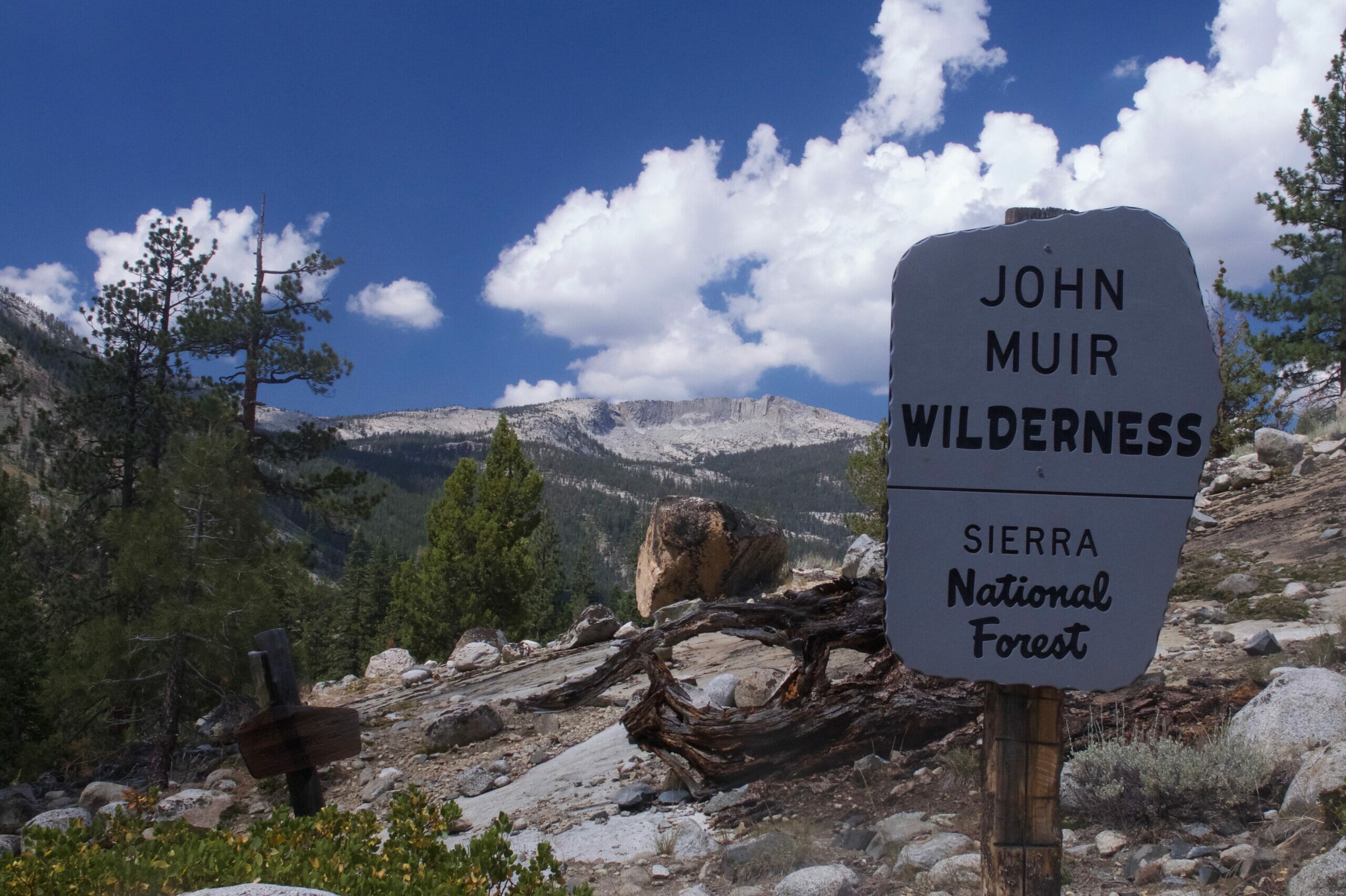Two summers ago, I agreed to join a backpacking trek with some friends I hadn’t seen since college. Our mission — honoring the life of a mutual friend who’d passed away — took us deep into the Sierra Nevada range, a 54-mile journey filled with golden trout and jaw-dropping views of ice-etched peaks and verdant hanging valleys. As physical adventures will do, the trip made me feel young again, not only because it retraced steps I’d taken long ago with my deceased friend, but because I experienced that old thrill of one day’s fatigue becoming the next day’s added stamina and strength. I began the trip with a chronic foot issue which disappeared in a few days of cleansing, hard work.
On our final day, within 100 yards of the trailhead to be exact, I stepped on a stone the size of a golf ball. My left foot rolled out to the side, taking my leg with it and causing my body and it’s 40-pound pack load to compensate so as to spark a sharp jolt of pain in my left hip. The pain quickly went away.
Within days it came back and stayed. No big deal, I wrote it off as just another rusty hinge in my weathered cabin of a body. Soon, what a little ibuprofen could once take care of became a thing that a lot of it could not. Fishing the Rio Grande Gorge was a death march. Crawling around small creeks was an exercise in bad yoga, as I dragged myself to standing by grabbing branches and logs. When I finally had the hip examined, I was told what I already knew.
Bone on bone.
The doctor gave me three years until I would have to do something about it and a couple more until I’d have to address my other hip. In spite of all the positive accounts, I had difficulty believing that surgery wouldn’t drastically alter, even end, my fishing career. Thus I decided I would pass those three years fishing every oppotunity possible. That hip would be worn to nothing by the time they got me in there.
The trajectory of my recovery has me on the verge of evangelizing on the value of taking advantage of modern society’s technical wonders, particularly in the medical realm. Whatever it is, get it done!
Turns out one’s body keeps a different schedule than one’s mind. My pain progressed to the point where, after just one year, I was ready to see the end of it. Life keeps a different schedule too. Eventually accepting how wonderful a new joint would be, the three-year plan wouldn’t have uncrippled me until after my son, my partner in skiing, backpacking and fishing, was long gone to college.
My surgery coincided with Indian summer, with the aspens turning and the sky becoming blue for the first time in what seems like months. The social media fishing pages are blowing up with autumn’s best catches, and though I thought I’d prepared myself, I still wince jealously that they are out there fighting those fish and smelling the autumn rosehips while I sit here with this computer and my cane.

The trajectory of my recovery has me on the verge of evangelizing on the value of taking advantage of modern society’s technical wonders, particularly in the medical realm. Whatever it is, get it done!
If this summer of Covid has taught us anything, it’s that life is (literally) too short. It’s shown us that the systems we have in place may lack the strength and resiliency to see us through. Never has it been more true that now doesn’t last. Fish while you can. Do what you have to to make fishing possible.
At a time when a new Pebble Mine lurks around every corner, when a lack of relevant knowledge and hostility to science seem to have become job requirements for leaders put in charge of stewarding our natural resources, bum hips aren’t the impediments to fishing we should be worrying about. I am living proof that you can fix your hips, or your failing eyesight, sore knees, even your overly stressful job.
What we can’t fix, at least as far as some people would have us believe, is climate change and its fires and floods and droughts. We can’t seem to fix the zeal to steal public land, or our indifference to pollution, extinction, and the plight of rural communities.
Of course this is wrong. We can fix those things too, but it’s definitely worth doing with healthy joints.



